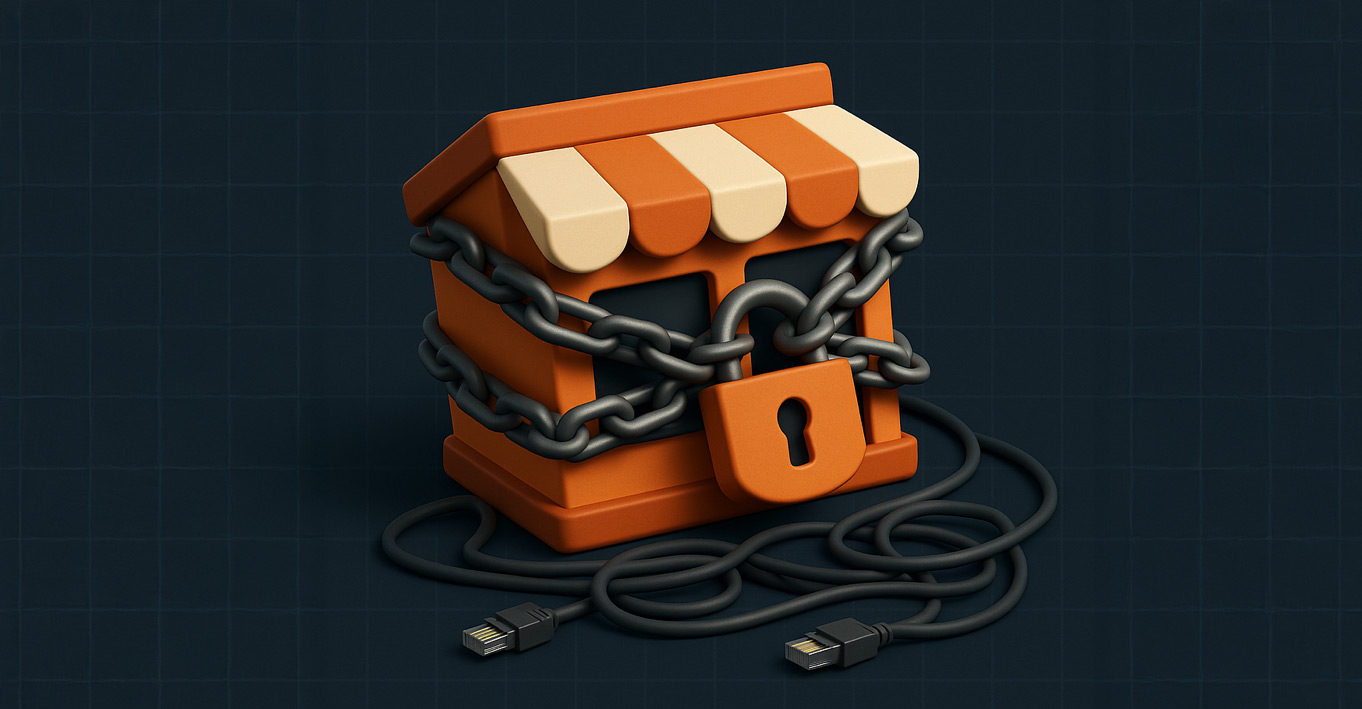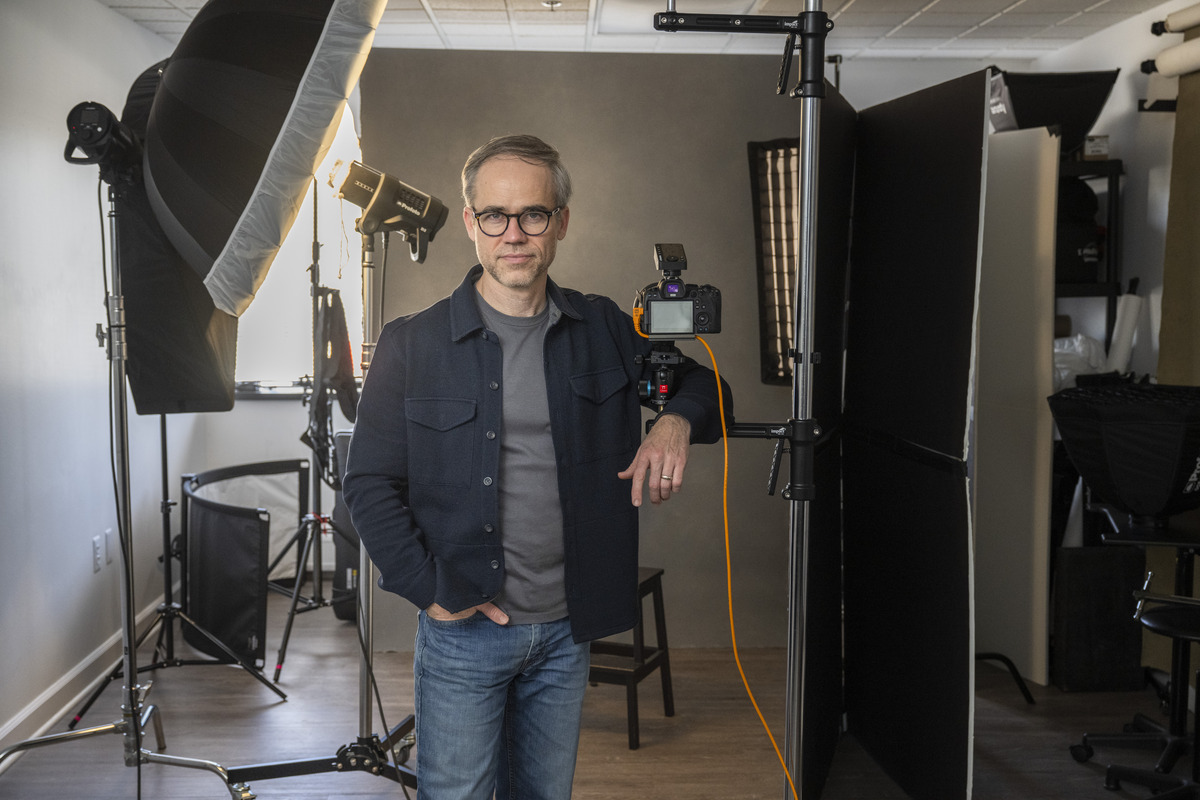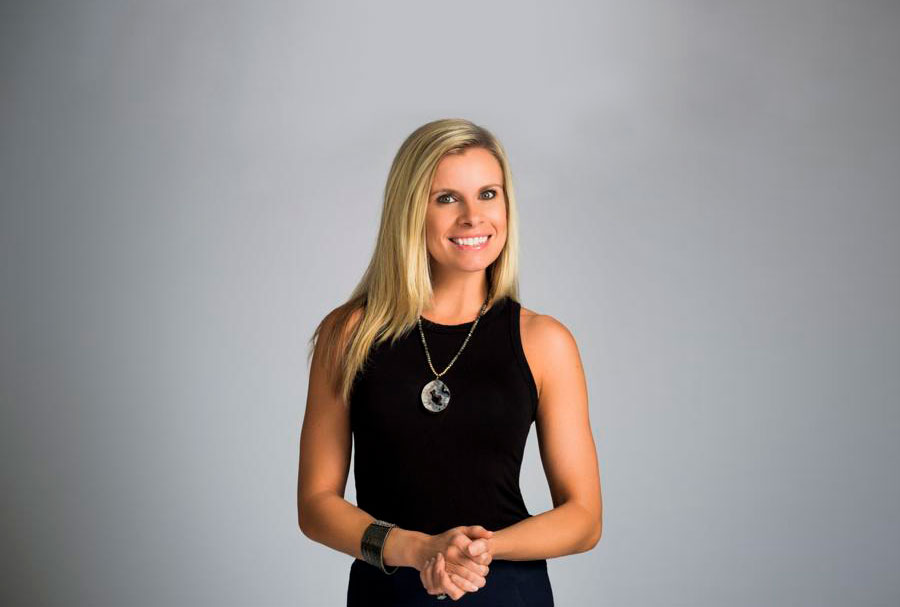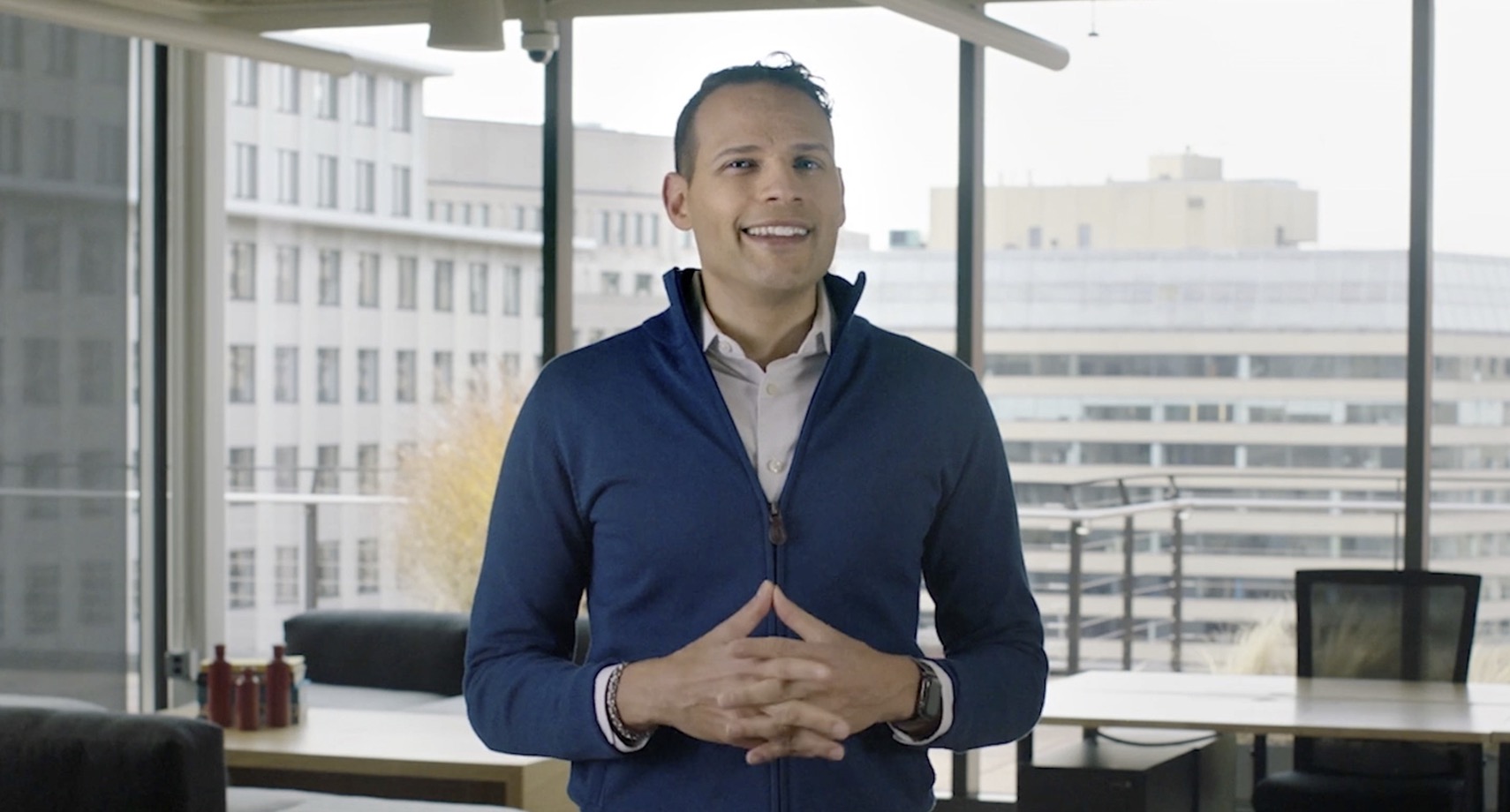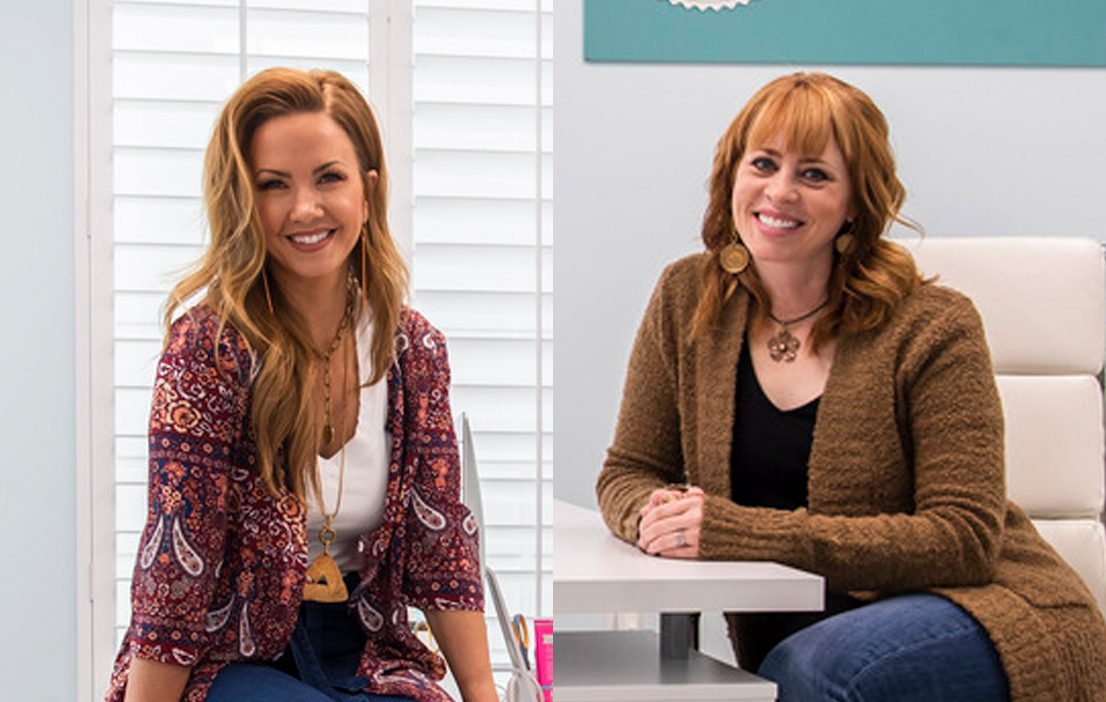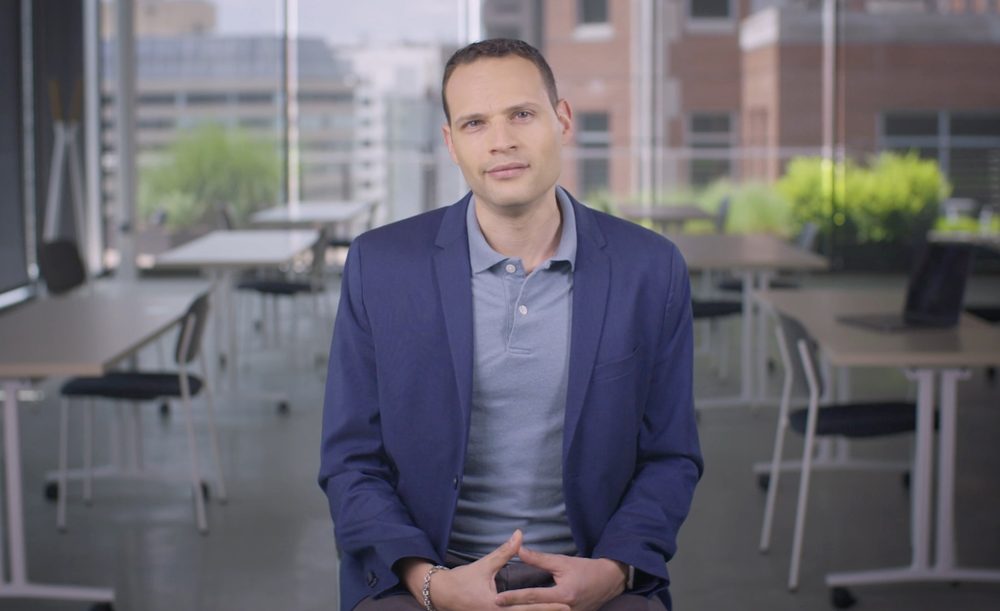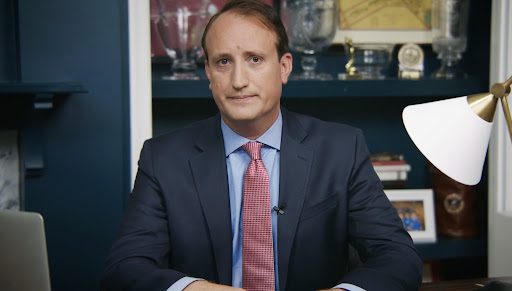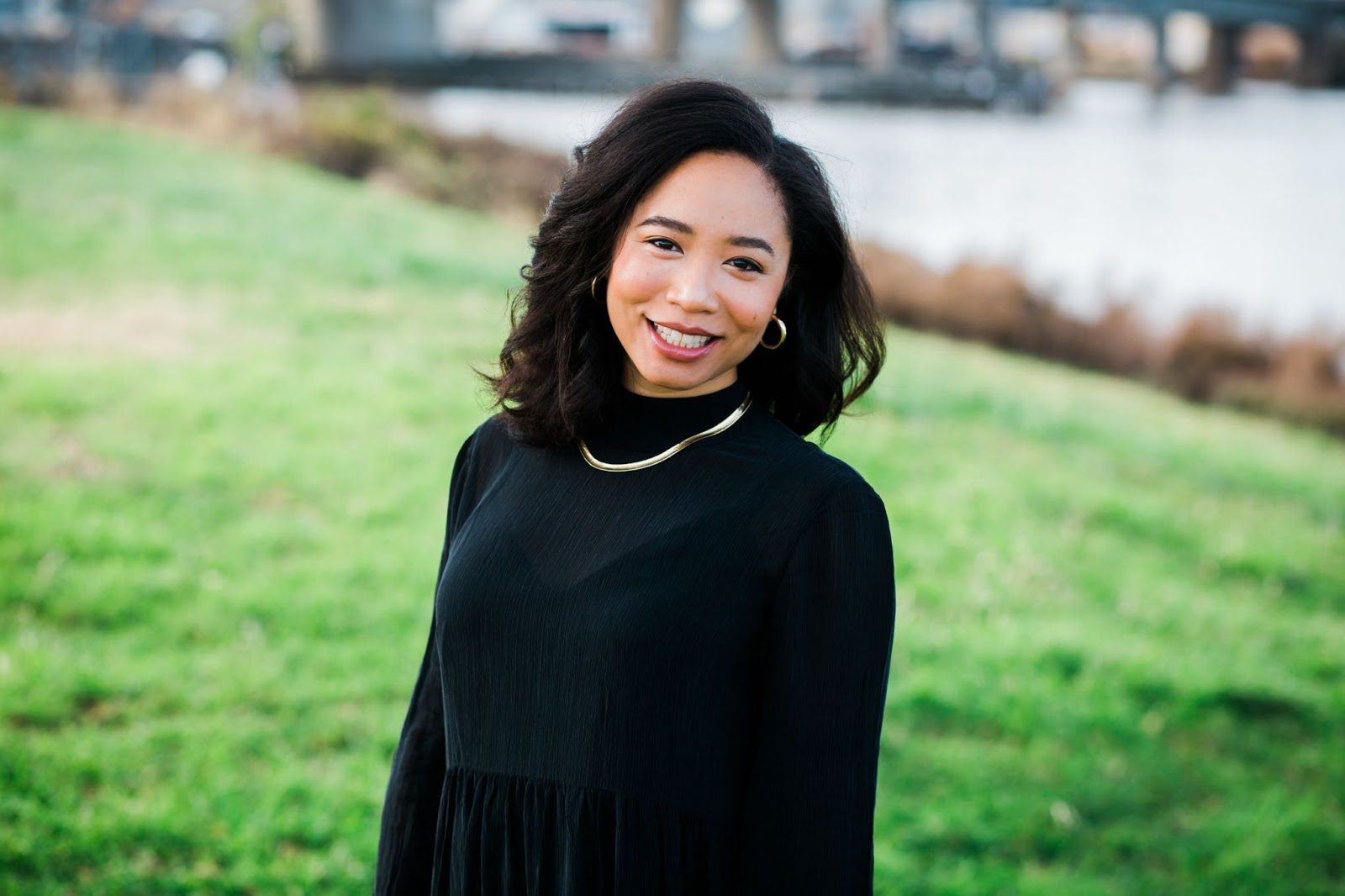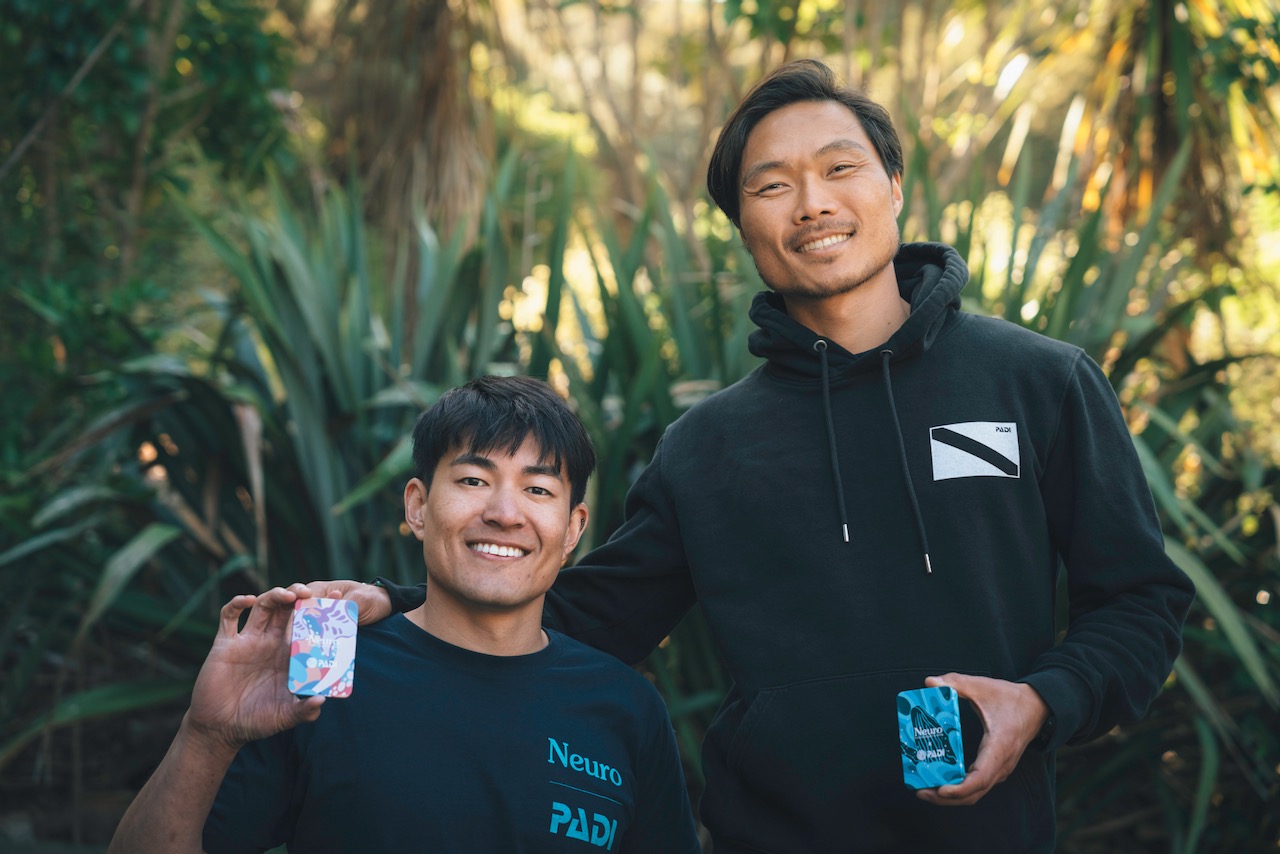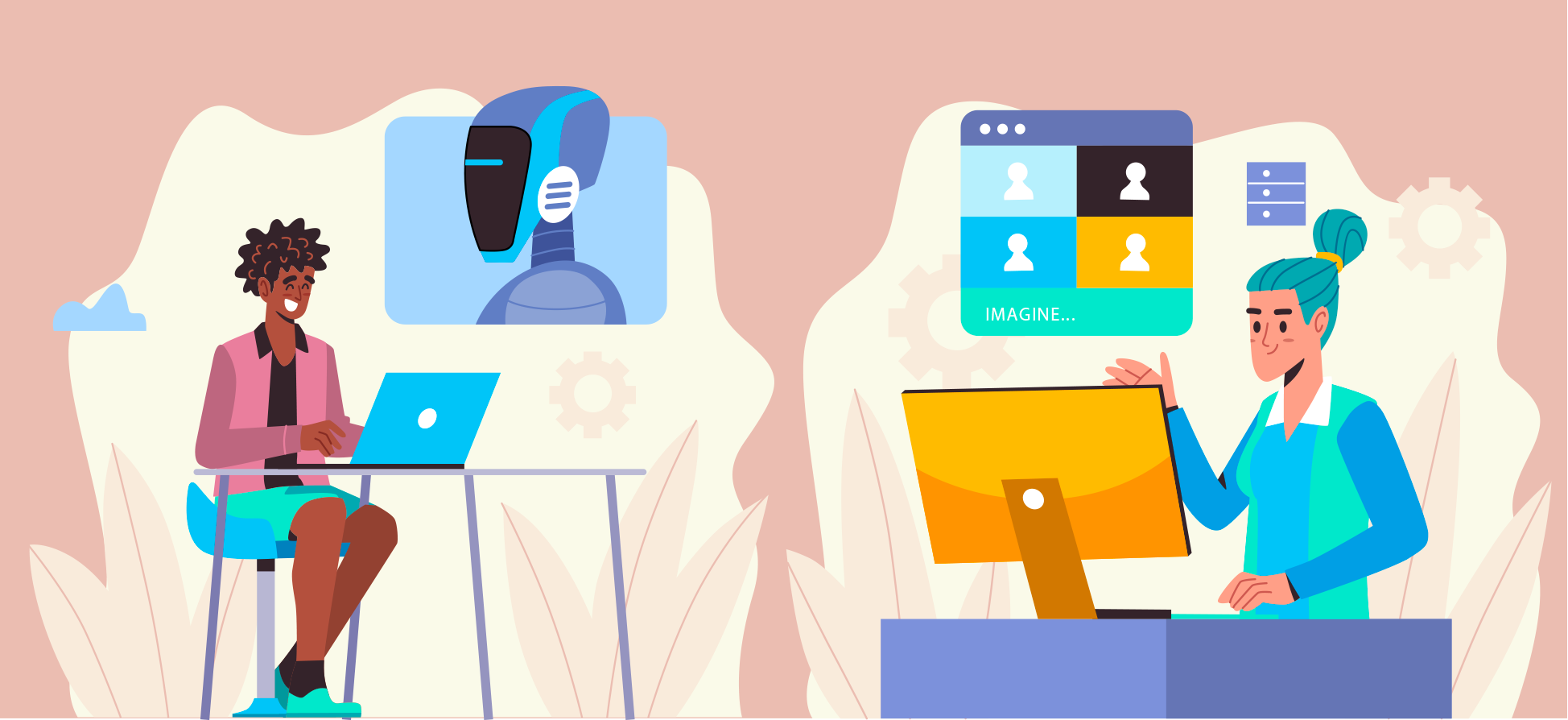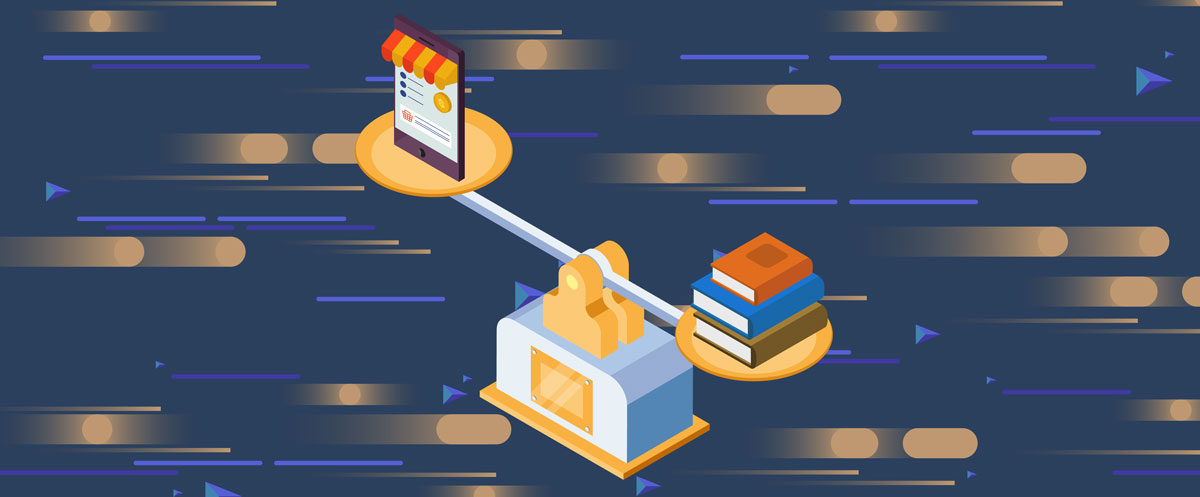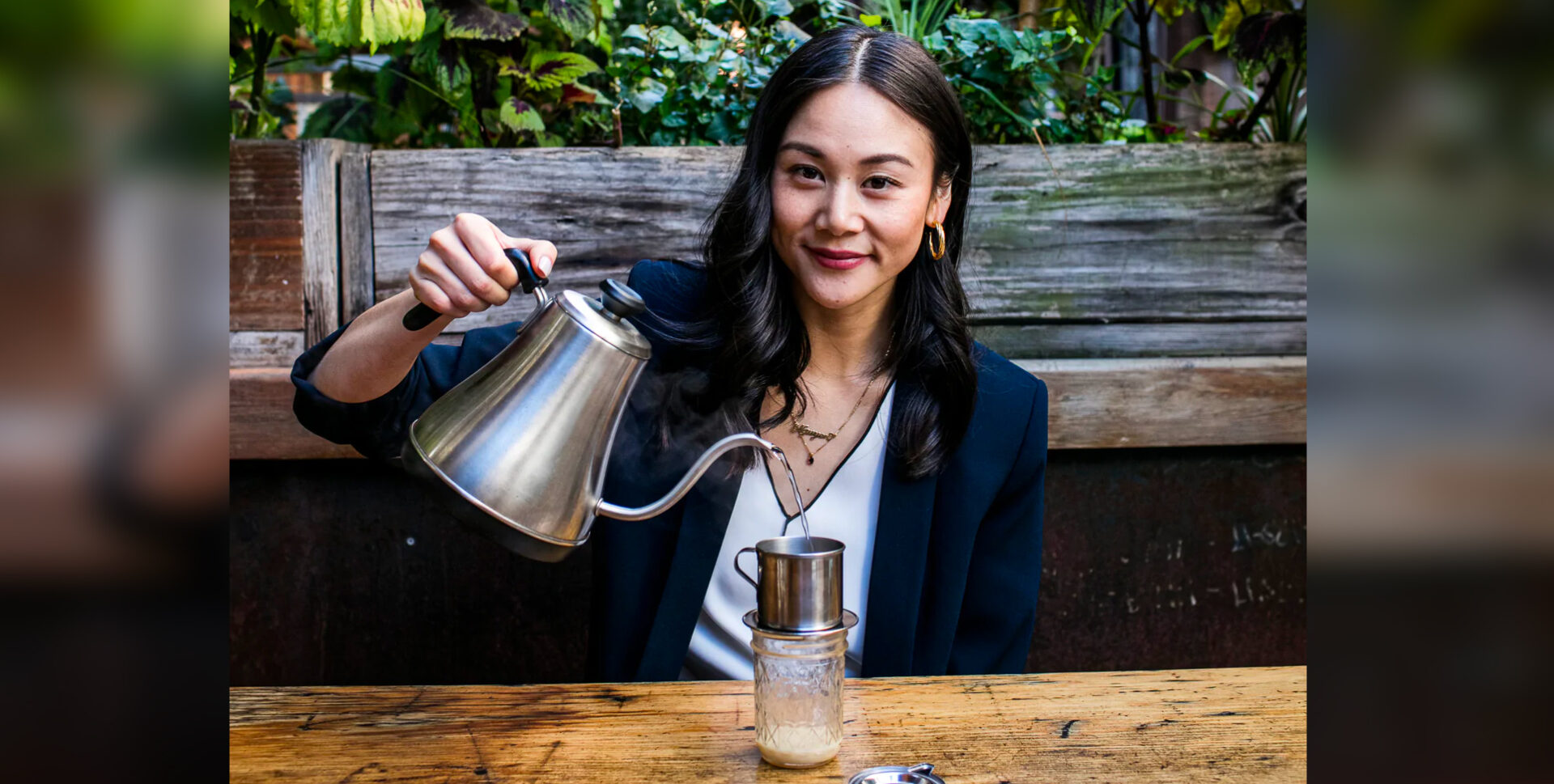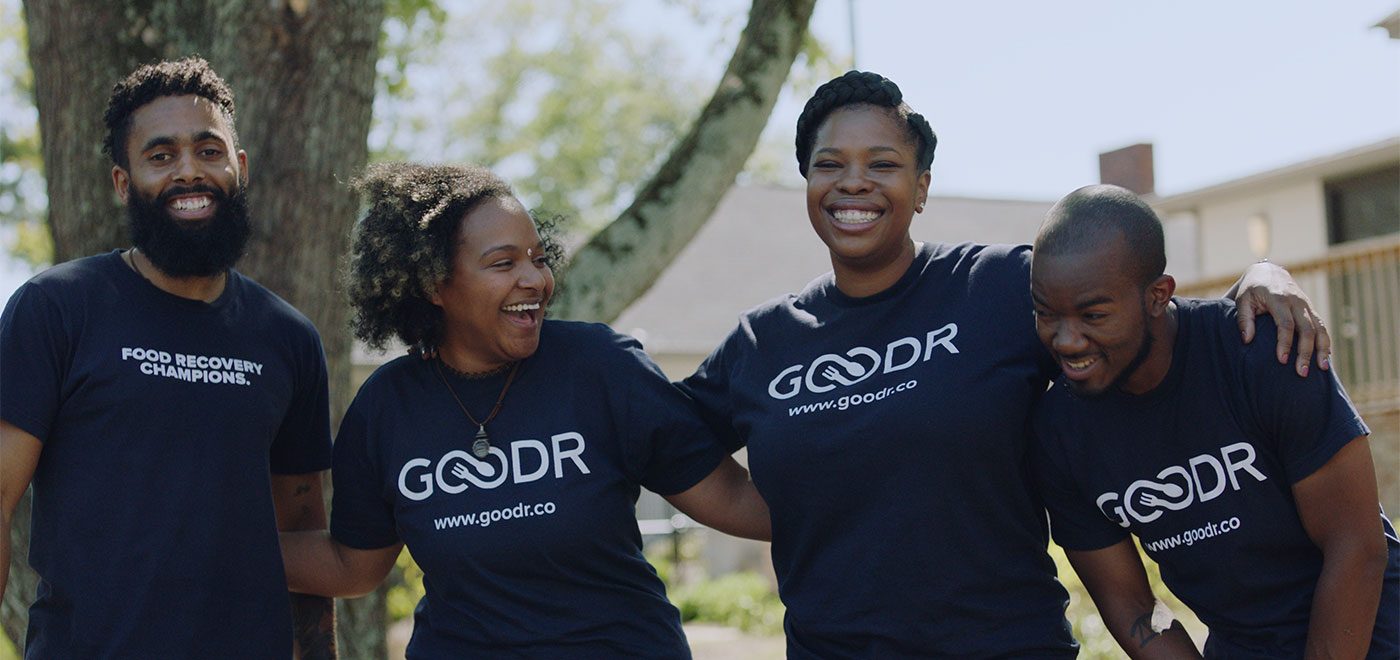
Goodr: Feed More, Waste Less, and Digital-First
While feeding people on the streets of Atlanta in 2013, Jasmine Crowe was angry.
She knew that every year, millions of Americans suffer from the effects of food scarcity – and yet, huge amounts of edible food are dumped in landfills.
So, she decided to do something about it.
Today, she is CEO of Goodr, a digitally-driven food-management company that has successfully prevented millions of pounds of excess food from going to landfills and diverted it toward those who need it most. From tracking surplus food from pickup to donation to delivering real-time social and environmental analytics, Goodr is “food’s best friend” – getting food to where it can do the most good.
Digital tools are critical for nearly every aspect of Jasmine’s business, from using Google Analytics data to determine which communities to serve to utilizing Google Maps to optimize routes for food drivers. The Goodr team has long used video chatting internally and employed social media to spark conversations and get buy-in from stakeholders.
When COVID-19 hit, Goodr’s digital-first approach proved invaluable. Thanks to digital connectivity, the team was able to continue to divert food to places it was most needed during the pandemic, including creating a new platform for those looking to donate groceries to families in need. “We were able to get that capability up and on our website in a matter of minutes,” Jasmine says.
Jasmine and the rest of the team are proud to say they are able to achieve their goals of feeding more and wasting less, even during a time of crisis. There’s no doubt in Jasmine’s mind why that is: “We are a digital-first business, and that is what has allowed us to continue helping others.”

